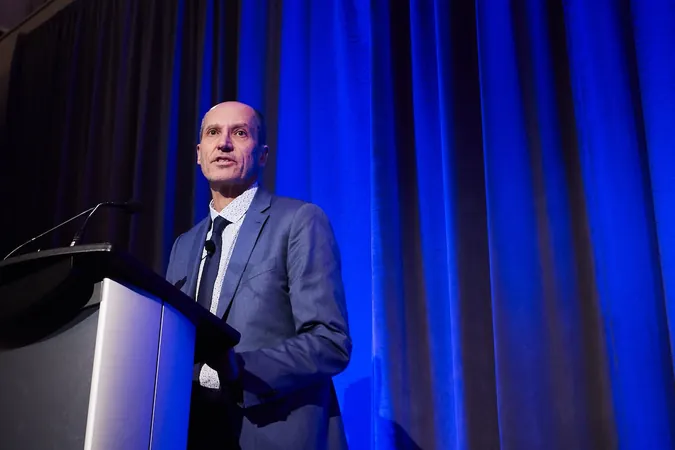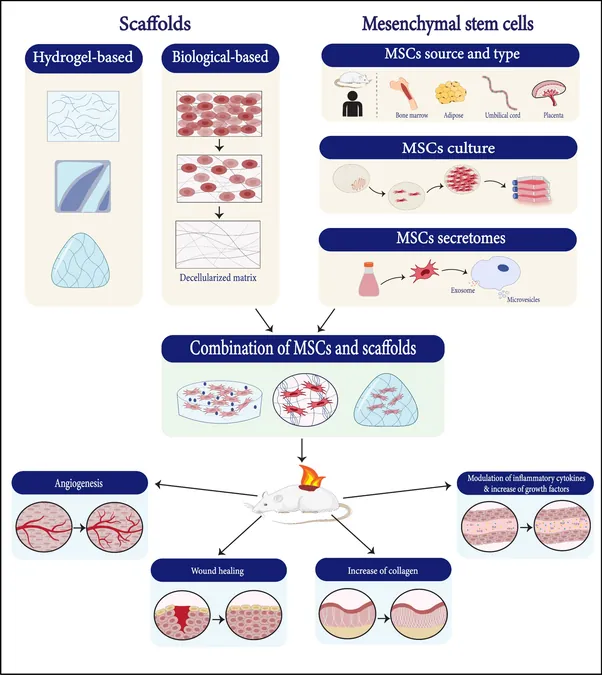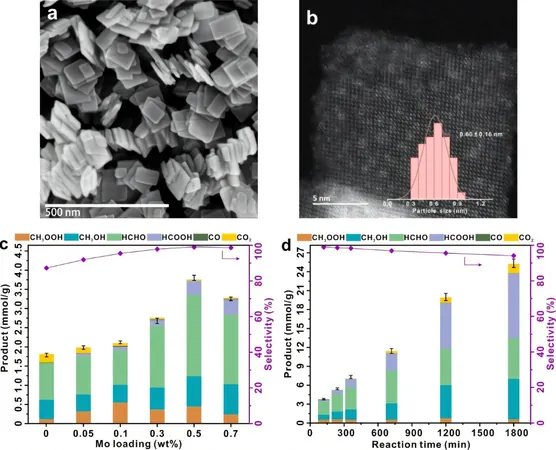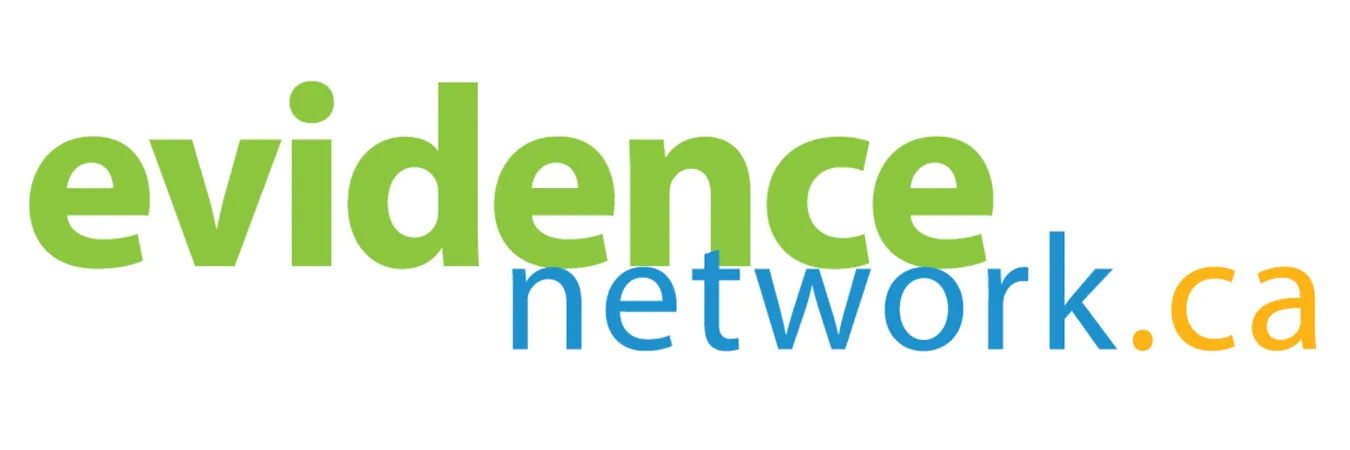
Unprecedented Shift: Bank of Canada to Cease Quantitative Tightening, Paving the Way for Economic Stabilization
2025-01-16
Author: Jacques
Introduction
In a significant development marking a post-pandemic economic strategy, the Bank of Canada has announced plans to halt its quantitative tightening (QT) program within the next few months. This decision reflects a pivot from the aggressive bond market interventions initiated during the early stages of the COVID-19 pandemic.
Announcement Details
Deputy Governor Toni Gravelle shared the news in a speech delivered in Toronto, indicating that the central bank is set to reverse its QT strategy in the first half of this year. This will involve resuming asset purchases to maintain a stable balance sheet. Gravelle confidently noted, “We expect to be among the first major central banks to complete the unwinding of pandemic-related asset purchases.”
Background of Quantitative Easing
During 2020 and 2021, as the pandemic wreaked havoc on the economy, the Bank of Canada rapidly expanded its balance sheet by acquiring approximately $350 billion in government bonds through a process known as quantitative easing (QE). By increasing these asset holdings, the bank aimed to lower interest rates and stimulate economic activity during a crisis.
Shift to Quantitative Tightening
Since 2022, however, the approach has shifted. The central bank has been allowing the bonds it purchased to mature without reinvesting, resulting in a gradual reduction of both its assets and the reserves created for these purchases—a strategy recognized as QT.
Future Interest Rate Guidance
While Gravelle's speech focused on the operational aspects of these financial adjustments, he refrained from providing explicit guidance on future interest rates ahead of the bank's next monetary policy decision on January 29. However, his remarks concerning the future of bond purchases were vital for traders and the broader financial community.
Economic Considerations and Trade Concerns
In addressing concerns about potential U.S. tariffs, Gravelle discussed the varying economic ramifications depending on the magnitude and nature of any retaliatory measures Canada might implement. He remarked on the difficulties faced by central banks during trade disputes, highlighting the balancing act between rising prices and slowing economic growth—a complex dynamic in times of inflation and recession.
Settlement Balances and Initial Asset Purchases
Looking ahead, the central bank has committed to maintaining settlement balances within the financial system at around $50 billion to $70 billion, a figure that exceeds previous estimates. Gravelle outlined that the initial steps toward purchasing assets would involve short-term securities, including treasury bills, akin to the bank's pre-pandemic practices. Notably, by late 2026, the bank plans to engage in purchasing government bonds on the secondary market.
Rationale Behind New Asset Purchases
Unlike the previous QE strategy, the Bank of Canada aims to conduct these asset purchases without stimulating the economy directly—a critical distinction according to Gravelle. He emphasized that these transactions would be carried out solely to enhance market liquidity and ensure greater flexibility in asset management.
Impact of the New Payments System
Moreover, the central bank's balance sheet will remain larger compared to pre-pandemic levels, reflecting the changes brought about by the new Lynx high-value payments system introduced in 2021. This system has transformed how commercial banks handle liquidity.
Cautions Against Overreliance
Despite the necessity for liquidity management, Gravelle cautioned against banks developing an overreliance on settlement balances, urging them to maintain robust financial practices.
Financial Losses from QE Program
The QE program initiated during the pandemic has drawn criticism for contributing to the central bank's financial losses. Facing increased interest rates aimed at curbing inflation, the bank found itself liable for more interest on the reserves than it earned from its extensive bond holdings. The total projected loss from the QE initiative is approximately $9 billion, with recovery expected to take until 2029.
Future Strategy and Credibility Concerns
Given these challenges and the allegations that the bank's extensive bond-buying funded government expenditures, Bank officials have indicated hesitance toward implementing similar QE measures in the future—an approach motivated by past financial outcomes and concerns for the bank's credibility.
Conclusion
As the Bank of Canada embarks on this new monetary policy trajectory, economic observers will be closely monitoring its actions and impacts on the overall financial landscape, setting the stage for a renewed chapter of economic stabilization and recovery in Canada.









 Brasil (PT)
Brasil (PT)
 Canada (EN)
Canada (EN)
 Chile (ES)
Chile (ES)
 Česko (CS)
Česko (CS)
 대한민국 (KO)
대한민국 (KO)
 España (ES)
España (ES)
 France (FR)
France (FR)
 Hong Kong (EN)
Hong Kong (EN)
 Italia (IT)
Italia (IT)
 日本 (JA)
日本 (JA)
 Magyarország (HU)
Magyarország (HU)
 Norge (NO)
Norge (NO)
 Polska (PL)
Polska (PL)
 Schweiz (DE)
Schweiz (DE)
 Singapore (EN)
Singapore (EN)
 Sverige (SV)
Sverige (SV)
 Suomi (FI)
Suomi (FI)
 Türkiye (TR)
Türkiye (TR)
 الإمارات العربية المتحدة (AR)
الإمارات العربية المتحدة (AR)